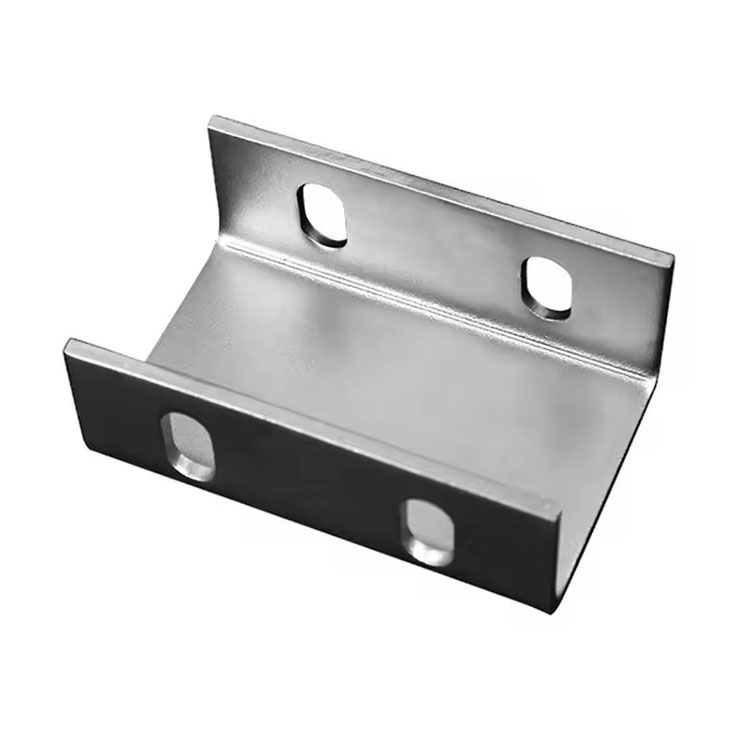What are the basic types of sheet metal processes?
2024-06-14
Sheet metal processes are fundamental to manufacturing and involve various techniques to shape and form metal sheets into desired shapes and sizes. The basic types of sheet metal processes include:
1. Cutting
Cutting processes involve removing material from a sheet to create the desired shape. The main methods of cutting sheet metal are:
- Shearing: This process involves cutting straight lines on a sheet of metal using a shear, which can be a mechanical, hydraulic, or pneumatic machine.
- Laser Cutting: A high-powered laser beam cuts the metal with high precision and accuracy.
- Plasma Cutting: Uses a plasma torch to cut through electrically conductive materials.
- Water Jet Cutting: Uses a high-pressure jet of water, sometimes with an abrasive substance, to cut through the metal.
- Punching: Involves using a punch press to create holes or shapes in the metal sheet.
2. Bending
Bending processes involve deforming the sheet metal to form an angle or a curve. Common methods include:
- Press Braking: Uses a press brake machine to bend the metal by pressing it into a die.
- Roll Bending: The metal sheet is passed through a series of rollers to create a curve or cylinder.
- Folding: Involves bending the sheet metal along a straight line to create a fold.
3. Drawing
Drawing processes involve pulling the sheet metal into a die to create a hollow shape. This can be done in several ways:
- Deep Drawing: The metal sheet is stretched into a die by a punch, forming deep, hollow shapes like cans and cups.
- Shallow Drawing: Similar to deep drawing but used for creating less profound shapes.

4. Stamping
Stamping encompasses various processes that involve pressing the sheet metal into a die to create shapes, patterns, or cuts. It includes:
- Blanking: Cutting out a piece of sheet metal to form a blank, which is the starting piece for further processing.
- Embossing: Creating raised or recessed designs in the sheet metal.
- Coining: A precise stamping process to form intricate details and patterns.
5. Forming
Forming processes involve shaping the metal without removing material, often through plastic deformation. Common forming techniques include:
- Spinning: Rotating the metal sheet on a lathe and forming it against a shaped tool.
- Stretch Forming: The sheet metal is stretched and bent simultaneously over a form block.
- Roll Forming: Continuous bending of a long strip of metal into the desired cross-sectional profile using a series of rollers.
6. Joining
Joining processes involve combining two or more pieces of sheet metal. Methods include:
- Welding: Fusing pieces of metal together using heat or pressure.
- Riveting: Joining metal sheets by inserting rivets.
- Brazing and Soldering: Joining metal sheets by melting a filler metal into the joint.
These processes are often used in combination to create complex parts and assemblies in various industries, including automotive, aerospace, construction, and consumer goods.


